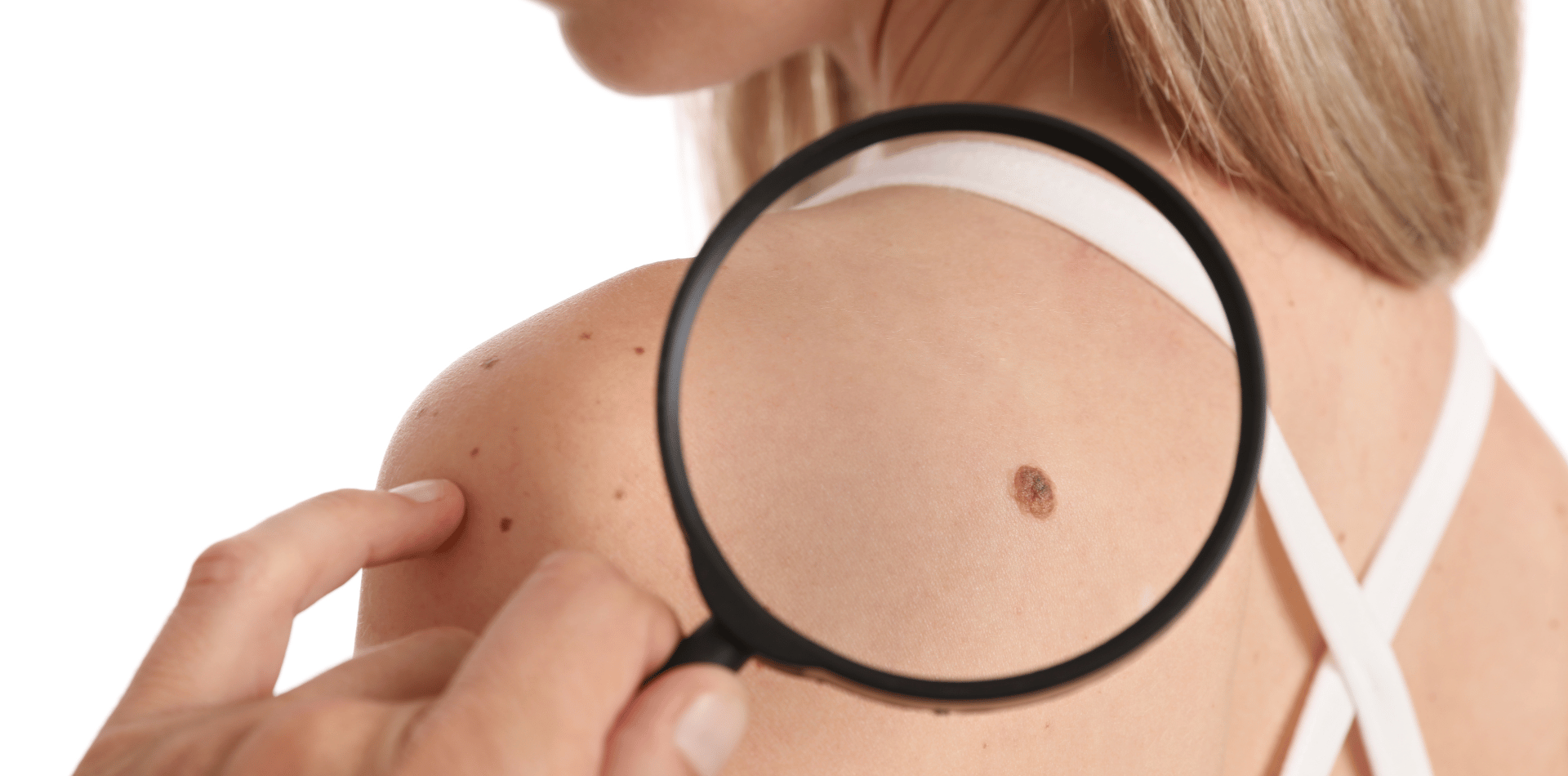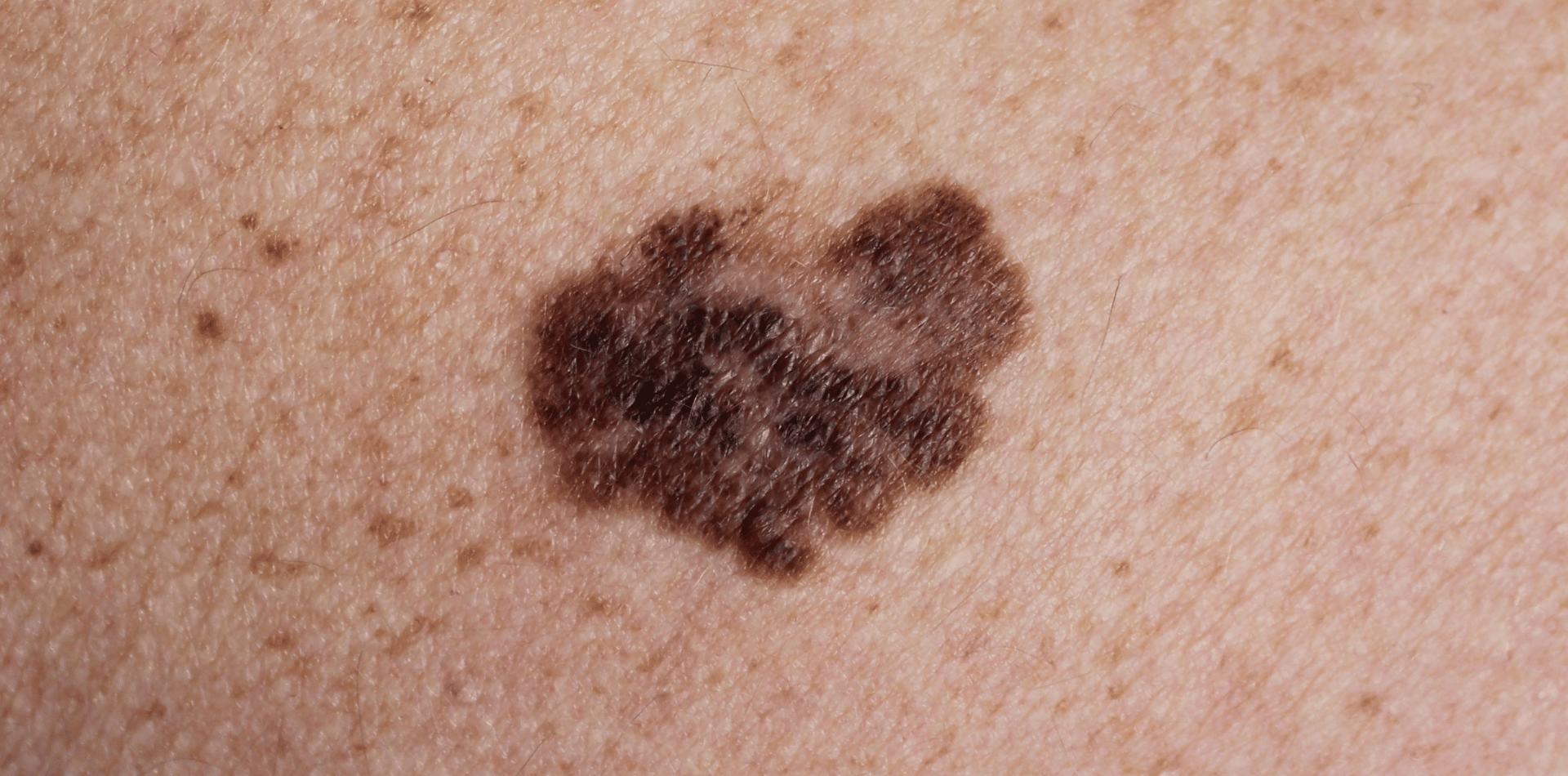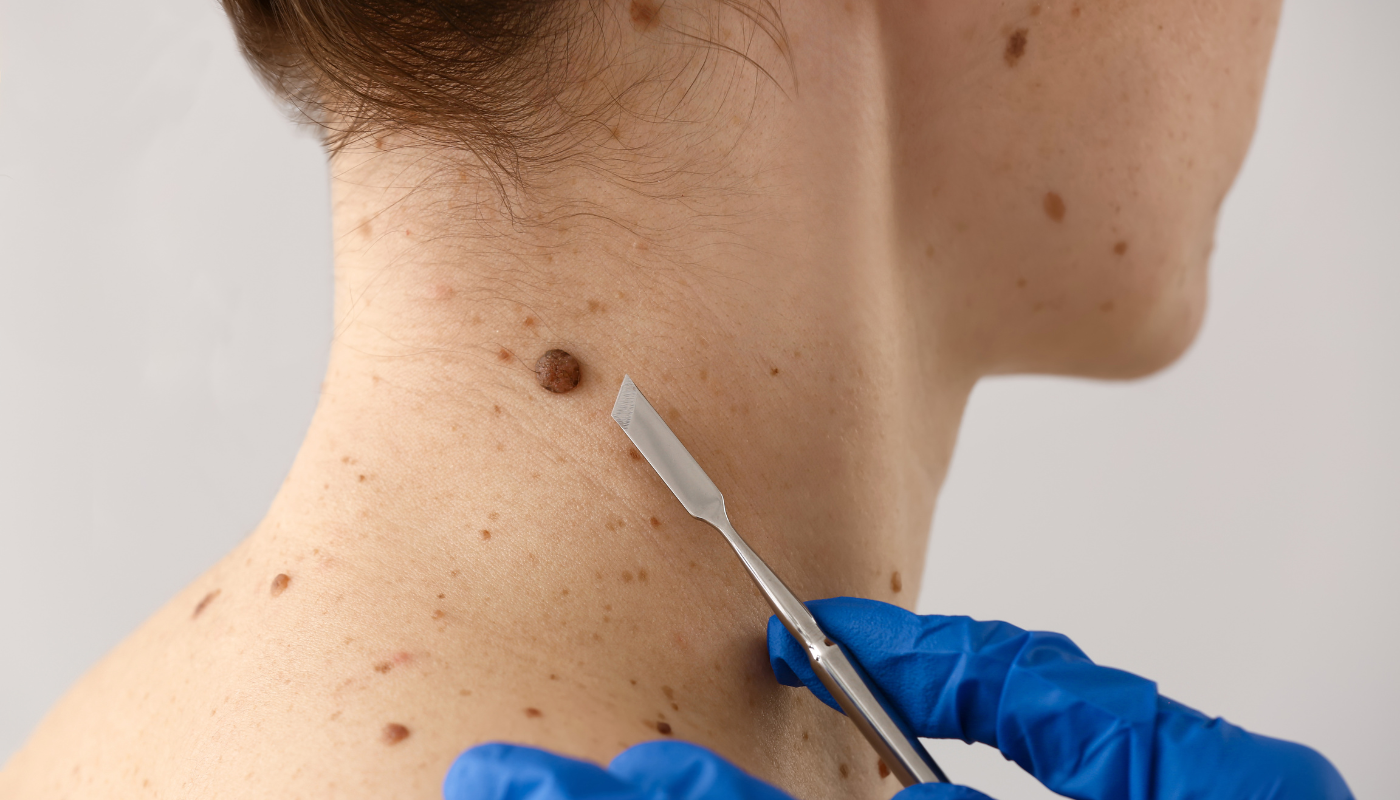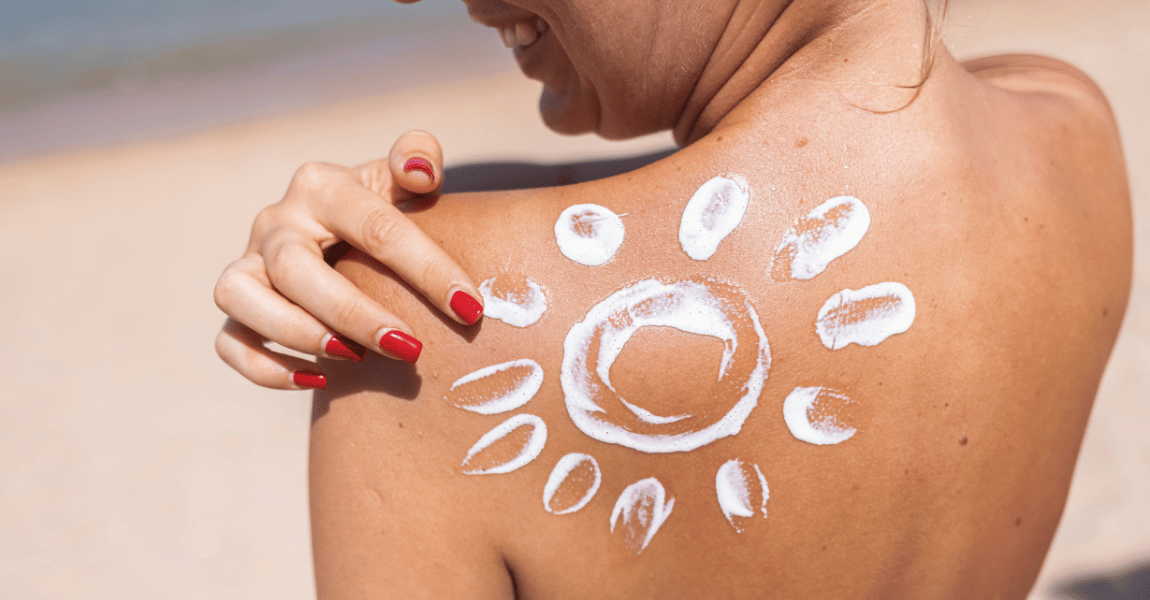The 7 Most asked questions about Melanoma
The 7 Most asked questions about Melanoma

- How common is melanoma?
- At what age is melanoma most likely to occur?
- Can melanoma be completely cured?
- How often should I check my skin for changes?
- What are the first signs of melanoma?
- Does a change in a mole always indicate melanoma?
- Can melanoma appear overnight?
How common is Melanoma?
Melanoma is considered the most dangerous form of skin cancer, and its incidence has been on the rise globally.
According to the World Health Organization (WHO), approximately 132,000 melanoma skin cancers occur globally each year.
The increasing frequency of melanoma over the decades has raised concerns among healthcare professionals.
Multiple factors contribute to this escalation, including environmental factors such as increased exposure to ultraviolet (UV) radiation from the sun and tanning beds, and demographic factors like an aging population.
The heightened awareness and improved diagnostic procedures have also led to more cases being identified, which is a positive step toward early intervention and treatment.
When discussing the commonality of melanoma, it's crucial to consider the variation in incidence rates among different populations and regions.
For instance, countries with predominantly fair-skinned populations or high UV radiation levels tend to have higher melanoma incidence rates.
Australia and New Zealand have the highest rates of melanoma in the world, largely attributed to the ozone hole, high levels of sun exposure, and a large proportion of individuals with fair skin.
The risk of melanoma increases with age, but the disease can also affect younger individuals.
In fact, melanoma is one of the most common cancers in young adults, especially young women.
Family history, the number of moles on the skin, and genetic factors also play a significant role in determining a person's risk of developing melanoma.
It's essential to note that while melanoma is common relative to other skin cancers, its incidence is still lower compared to other types of cancers such as breast, lung, and prostate cancer. Nonetheless, the aggressive nature of melanoma and its potential to metastasize (spread) to other parts of the body make it a particularly concerning and significant public health issue.
Overall, the commonality of melanoma underscores the importance of preventive measures, early detection, and continuous research aimed at understanding and treating the disease. Through collective efforts in education, protection from UV radiation, regular skin examinations, and advancements in medical treatment, it's hoped that the rising trend of melanoma incidence can be curbed, ultimately saving more lives

At what age is melanoma most likely to occur?
Melanoma can occur at any age, but the risk significantly increases as we age.
It is most commonly diagnosed in individuals between the ages of 65 and 74.
However, melanoma is also one of the most common cancers in young adults, especially those under 30. This contrasting prevalence underscores the importance of sun protection and regular skin checks for people of all ages to enable early detection and treatment.
Can melanoma be completely cured?
Yes, melanoma can often be completely cured if it is detected and treated in its early stages.
When melanoma is identified early, surgical removal of the cancerous growth and surrounding tissue may be all that's required. However, once melanoma has advanced and spread to other parts of the body (metastasized), it becomes more challenging to treat.
Recent advancements in treatments such as immunotherapy and targeted therapy have shown promise in treating advanced melanoma and improving patient outcomes. Nonetheless, the prognosis and treatment plan can vary widely among individuals, making regular skin examinations and early detection crucial.

How often should I check my skin for changes?
Dermatologists generally recommend conducting a self-examination of your skin once a month to check for any new moles or growths, or changes in existing moles.
In addition to self-examinations, it's advisable to have a professional skin examination by a dermatologist once a year, or more frequently if you have a history of skin cancer or other risk factors.
Establishing a regular routine of skin checks will help you become familiar with your skin, making it easier to notice any concerning changes that may warrant further medical attention.
What are the first signs of melanoma?
The first signs of melanoma usually involve changes in the appearance of the skin or moles.
Here are common early indicators of melanoma, often remembered by the acronym "ABCDE":
- Asymmetry: One half of the mole or skin lesion doesn't match the other.
- Border irregularity: The edges of the mole are uneven, scalloped, or notched.
- Colour variation: There may be differing shades of colour within the mole, including brown, tan, black, red, white, or blue.
- Diameter: A mole larger than 6mm in diameter (about the size of a pencil eraser) could be a concern, although melanomas can also be smaller than this.
- Evolving: Any change in size, shape, colour, elevation, or any new symptom like bleeding, itching, or crusting may indicate melanoma.
It's important to note that melanomas can vary in appearance, so if you notice a mole or skin lesion that looks unusual or starts to change in any way, it's advisable to consult with a dermatologist for a thorough examination.

Does a change in a mole always indicate melanoma?
No, a change in a mole does not always indicate melanoma.
Moles can change over time due to various factors including aging, hormonal changes (such as during puberty or pregnancy), and sun exposure.
Some changes may be completely benign and normal.
However, certain changes such as asymmetry, irregular borders, colour variations, diameter enlargement, or evolution in size, shape, or colour could be indicative of melanoma or other skin cancers.
Therefore, it's important to monitor moles and other skin lesions for any unusual changes, and consult a dermatologist if you have any concerns.
They can provide a professional evaluation and recommend further action if necessary.
Can melanoma appear overnight?
Melanoma typically does not appear overnight.
It often develops slowly over time, with changes occurring in existing moles or skin lesions.
However, it might seem like melanoma appears suddenly if a person hasn't been closely monitoring their skin, or in rare instances, a type of melanoma called nodular melanoma can grow more rapidly than other types.
It's crucial to regularly examine your skin for any new moles or growths, or changes in existing moles, as early detection is key for effective treatment of melanoma.
If you notice a new mole or a significant change in an existing mole, it's advisable to consult with a dermatologist promptly.
REMEMBER: Awareness is the key to keeping you and your family safe from the effects of Melanoma.
More Skin Tips.
CoreBodi










| Powered by Kaptol Media



